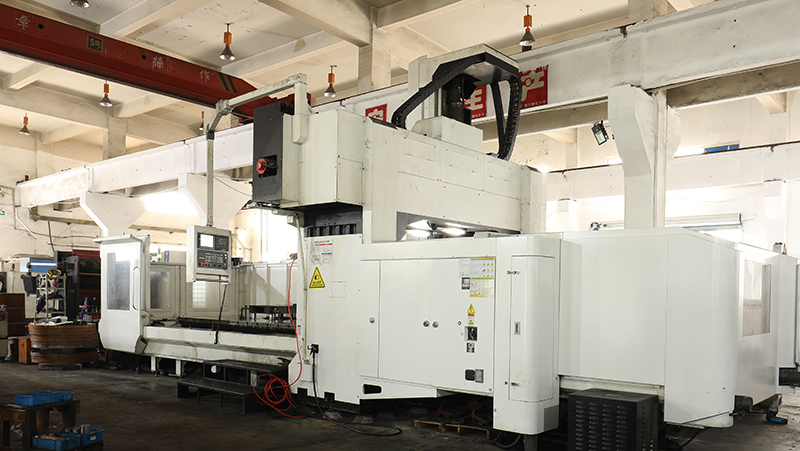Essential Maintenance Practices for Optimal Paper Bag Machine Performance
Release time:2025-05-16 Classification:Knowledge
Paper bag machines are critical assets in the packaging industry, requiring consistent care to ensure efficiency, longevity, and product quality. Proper maintenance not only minimizes downtime but also reduces operational costs and enhances workplace safety. This guide outlines key strategies for maintaining a paper bag machine, covering routine checks, lubrication, component inspection, and best practices for sustained performance.

1. Daily Cleaning and Debris Removal
Dust, paper scraps, and adhesive residues are common byproducts of paper bag production. Accumulated debris can interfere with mechanical movements, cause misalignment, or damage sensitive components. Implement these steps:
- Shut down the machine and disconnect power before cleaning.
- Use compressed air or soft brushes to remove particles from rollers, gears, and conveyor belts.
- Wipe down surfaces with a lint-free cloth and non-corrosive cleaning agents.
- Inspect glue application systems for dried adhesive buildup, which can clog nozzles.
Regular cleaning prevents contamination and ensures smooth material feed during operation.
2. Lubrication of Moving Parts
Friction is a primary cause of wear in paper bag machines. A structured lubrication schedule is vital:
- Refer to the machine manual to identify lubrication points (e.g., bearings, chains, pivots).
- Use high-temperature grease or manufacturer-recommended oils for high-speed components.
- Avoid over-lubrication, as excess grease attracts dust and may degrade rubber parts.
- Reapply lubricants after every 8–12 hours of operation or as specified.
Pro tip: Monitor lubrication effectiveness by checking for unusual noises or heat generation during runs.
3. Routine Inspection of Critical Components
Preventive inspections help detect early signs of wear or malfunction:
- Cutting Blades and Dies: Dull blades result in uneven cuts. Sharpen or replace them immediately if tearing or fraying occurs.
- Belts and Chains: Check for tension, cracks, or elongation. Loose belts can slip, affecting synchronization.
- Electrical Systems: Test sensors, motors, and wiring for corrosion or loose connections.
- Pneumatic Systems: Inspect air hoses for leaks and ensure consistent pressure levels.
Document findings and address minor issues before they escalate into costly repairs.
4. Calibration and Alignment Adjustments
Misalignment in feeding mechanisms or sealing units leads to defective bags. Schedule weekly calibration:
- Verify the alignment of printing plates for consistent branding.
- Adjust tension settings on rollers to prevent paper slippage or stretching.
- Test heat sealers for temperature uniformity to avoid weak seals or burnt edges.
- Use calibration tools (e.g., laser alignment devices) for precision.
Post-calibration, run a test batch to confirm accuracy.
5. Operator Training and Safe Handling
Even advanced machines underperform without skilled operators. Ensure staff:
- Understand startup/shutdown protocols to avoid abrupt stops.
- Recognize abnormal sounds, vibrations, or error codes.
- Follow loading guidelines to prevent paper jams or overloading.
- Use safety guards and PPE when accessing moving parts.
Regular training refreshers reinforce best practices and safety standards.
6. Environmental and Storage Considerations
External factors significantly impact machine performance:
- Maintain a stable temperature (18–25°C) and humidity (40–60%) to prevent paper warping.
- Store spare parts in clean, dry conditions to avoid rust or degradation.
- Install dust extraction systems to protect electronic components.
7. Long-Term Maintenance Strategy
- Preventive Maintenance Schedule: Create a calendar for part replacements (e.g., bearings every 6 months).
- Software Updates: For digitally controlled machines, install firmware upgrades to optimize functions.
- Collaborate with Technical Support: Partner with certified technicians for annual overhaul inspections.
A well-maintained paper bag machine operates at peak efficiency, delivering consistent output while reducing waste and energy consumption. By integrating daily cleaning, systematic lubrication, and proactive component checks into your workflow, you can extend equipment lifespan and maximize ROI. Prioritize training and environmental controls to build a holistic maintenance culture that supports sustainable production goals. Remember: Consistent care today prevents disruptive breakdowns tomorrow.






